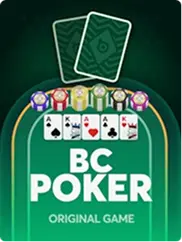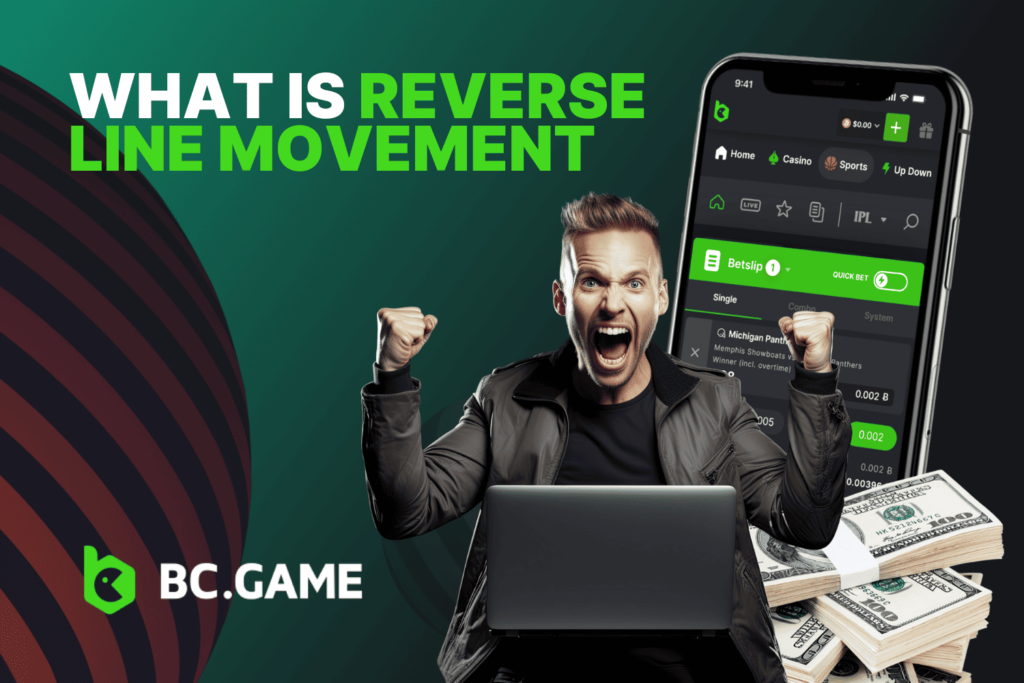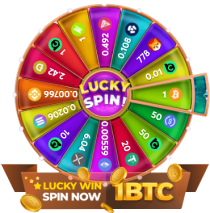
There are no absolutely no-win strategies for betting on sports, as all bets entail a certain degree of risk. However, there are some strategies that players use to increase their chances of successful betting. It is important to understand that no strategy guarantees constant profit and successful betting requires analysis, knowledge and caution.
Best profitable sports betting strategies
When choosing sports betting strategies, it is important to keep realistic expectations and realize that even the most well-developed strategies cannot provide an absolute guarantee of winning. Betting on sports always involves risk and the outcome can be unpredictable.
| 📝 Strategy | 📄 Description |
|---|---|
| On the Favorite | Betting on the favored team/player in an event due to higher likelihood of winning, although odds may not be high. Requires analysis of statistics and form to choose the right opportunities |
| Dogon with Analysis | Betting on a specific event outcome using analysis and probabilities. Bet is repeated until it materializes, leveraging statistical insights for informed decision-making |
| Live-Dogon | Real-time betting based on changing event dynamics. Adjusting bets during unexpected turns in a match to align with the new situation |
| Dallas | Strategy involving progressive bet size increase after each successful bet. Potential to increase profits through a streak of winning bets |
| Forks | Exploiting differing bookmaker odds on the same event to place bets on different outcomes, guaranteeing a profit |
| A Goal in the First Half | Betting that a goal will be scored in the first half of a match. Strategy based on analyzing the likelihood of early goals in games |
| Overlapping All Outcomes | Betting on all potential outcomes of an event to ensure a minimum profit, irrespective of the actual result |
| Total of the 2nd Period (Hockey) | Betting on the total number of goals in the second period of a hockey match. Analysis of the dynamics of the game in the second part influences the betting decision |
| The McCune Strategy | Doubling down after each unsuccessful bet to recover losses. A high-risk strategy that relies on a winning streak to offset losses |
| Betting on Underdogs | Betting on underestimated participants (underdogs) can be profitable if they unexpectedly win or perform well, leveraging potentially undervalued odds |
| First Kicking Goal (Soccer) | Betting that the first goal in a soccer match will be scored with a kick. Informed by team statistics and playing styles analysis |
Key financial strategies
Each of these financial strategies has its pros and cons. The strategy you choose depends on your comfort with risk, your bankroll size, and your sports betting goals. It is important to remember that financial management plays a key role in long-term success in betting.

Fixed profit in betting
This strategy is to bet a certain amount each time, which is a fixed portion of your initial profit. For example, if you decide to bet 5% of your initial pot, the amount you bet will vary depending on your profit. This helps to increase your bets if you are successful and decrease them if you are unsuccessful.
Flat (Fixed bet size)
The FLAT strategy in betting involves placing the same set amount on each bet, regardless of the odds or perceived confidence in the outcome. This approach ensures consistent risk management and prevents the bettor from chasing losses or becoming overconfident after wins. By maintaining a consistent stake, the bettor can easily track performance and adjust the strategy over time if needed. While it may not promise rapid profits, the FLAT strategy emphasizes long-term discipline and stability in the betting journey.
Fixed interest from the bank
In this strategy, you bet a certain percentage of your current bankroll on each event. In case of successful bets the bet amount increases, and in case of failure, it decreases. This allows you to adapt to changes in your bankroll and manage your risks.
Known math strategies
Famous mathematical strategies in sports betting are based on logic and calculations, helping to manage risk and bankroll. These strategies use mathematical formulas to determine bet sizes and make decisions. Some of these strategies include Martingale, Fixed percentage of the bank, Kelly Criterion, Parolon, Flat (Fixed bet size) and others. However, it is worth remembering that no strategy can guarantee successful bets and it is important to use them with caution based on analysis, experience and your own decisions.
Kelly criterion
The Kelly criterion is a mathematical bankroll management strategy developed in the mid-20th century by John L. Kelly. Its goal is to maximize expected profit by optimally determining the bet size based on the probability of winning and the corresponding odds. This strategy considers the balance between risk and potential profit.
Rules for calculating the Kelly criterion
Calculating optimal bet sizes in sports betting is a crucial aspect of effective bankroll management, and the Kelly criterion offers a mathematical formula to help achieve this goal. The formula is as follows:
[ f^* = \frac{bp – q}{b} ]Where the variables are defined as:
- ( f^* ): Optimal bet size, expressed as a fraction of your bankroll.
- ( b ): Payout ratio, representing the potential profit in relation to the size of the bet.
- ( p ): Probability of winning the bet.
- ( q ): Probability of losing the bet, which is essentially ( 1 – p ).
Here’s how each variable contributes to the calculation:
This value indicates the potential profit that can be gained relative to the amount of the bet. A higher ( b ) suggests a larger potential profit from a successful bet.
The probability of your bet being successful. This can be estimated based on historical data, expert analysis, or statistical models. A higher ( p ) means a greater chance of winning the bet.
The complementary probability to winning, calculated as ( 1 – p ). It represents the chance of your bet not being successful.
By plugging these values into the Kelly criterion formula, you can determine the optimal bet size that maximizes your long-term expected bankroll growth. The resulting ( f^* ) will tell you what fraction of your bankroll to wager in order to achieve the best balance between risk and reward.
Is it realistic to make money on Kelly criteria
The Kelly criterion requires an accurate estimate of the probability of winning, which can be difficult. Despite potentially high profits, using the Kelly Criterion can be risky due to high volatility and uncertainty. Applying this strategy requires additional knowledge and experience in betting analysis.
D’Alambert
D’Alamber strategy is based on changing the stakes after each bet depending on their results. In case of a loss, the bet is increased, and in case of a win, the bet is decreased. This strategy is considered to be designed to manage losses, but it can also be risky in the long run.
The Oscar Grind method
The Oscar Grind method is a system of increasing bets after each loss and decreasing bets after each win, in order to achieve a certain profit. The goal of this strategy is to compensate for losses and make a small profit after a series of bets.
Is it realistic to win with the Oscar Grinde strategy
The Oscar Grind method can provide a small profit after successful bets, but it can also lead to increased losses in case of failures. The effectiveness of this strategy depends on the length of the game and the luck of the betting series.
Ladder
The Ladder Strategy in betting is a more dynamic approach that involves adjusting the bet size based on the success or failure of previous bets. Typically, the bettor starts with a fixed stake and either increases it after a win or decreases it after a loss. This method aims to capitalize on winning streaks while minimizing losses during a losing run. However, it requires careful planning and discipline, as poor management can quickly deplete a betting bankroll.
Fibonacci numbers
The betting strategy based on Fibonacci numbers involves adjusting your bet size according to the Fibonacci sequence, where each number is the sum of the two preceding ones (1, 1, 2, 3, 5, 8, 13, etc.). In this approach, you move up the sequence after a losing bet and move back down after a win. The idea is to recover losses gradually, as a winning bet should recoup the losses from the previous losing bets in the sequence. However, this strategy can be risky; a prolonged losing streak can rapidly escalate the bet sizes, potentially depleting your bankroll.
Composite coefficient method
The Composite Coefficient Method in betting involves creating a synthesized betting coefficient by combining odds from different bookmakers for the same event. By selecting the highest odds for each possible outcome from multiple sources, bettors aim to create a composite coefficient that is more favorable than what any single bookmaker offers. The strategy seeks to exploit discrepancies in odds to gain an edge, essentially “shopping around” for the best value. While this method can offer a better return on investment, it requires careful analysis, quick decision-making, and access to multiple betting platforms for optimal results.
Other winning strategies
There are many different strategies and approaches to sports betting that players utilize in an attempt to increase their chances of successful outcomes. Some of the other winning strategies include:
- Strategy on the favorite: Betting on the team or player with the highest rating or odds of winning. This strategy is based on the assumption that favorites win more often.
- Strategy catch-up with analysis: Based on the analysis of events and consistent betting on the outcomes according to the selected sequence after unsuccessful bets.
- Live-against strategy: Based on live betting during a match in order to identify changes in the course of the game and use them to make betting decisions.
- The strategy of forks: Finding the difference in odds between different bookmakers on the same event for guaranteed profit regardless of the outcome.
- Goal in the first half strategy: Betting that a goal will be scored in the first half of a match. Based on the statistics of the rate of scoring goals at the beginning of matches.
- The strategy of overlapping all outcomes: Placing bets on all possible outcomes of the event so that at any result a profit is guaranteed.
Differences between betting schemes and strategies
Betting schemes and strategies are often confused, but they have different meanings. Betting schemes usually define the size of the bets and the structure of their variation, such as a fixed size or progression. Strategies, on the other hand, involve analyzing and making decisions based on information and factors that can affect the outcome of an event.
While betting schemes focus on bankroll management and bet sizing, strategies focus on choosing the right outcomes of events based on data analysis, statistics, tactics, motivation and other factors. Consequently, strategies play a crucial role in making informed bets, while patterns determine how to change bets based on past outcomes.
How to choose a strategy for betting
Choosing a strategy to play on betting depends on your goals, risk tolerance, experience and understanding of the specifics of each strategy. It is important to consider the following factors:
- Goals and Expectations: Determine what you want to achieve through betting. The goal may be to make a steady profit, to have fun, or to get adrenaline from risk. Your expectations will help you choose an appropriate strategy.
- Risk tolerance: Assess how much risk you are willing to take. Some strategies may be more conservative and others more aggressive.
- Knowledge and analytical skills: Some strategies require more in-depth analysis and statistics. If you have a good understanding of sports and are able to analyze data, mathematical strategies may be more appropriate.
- Length of play: Some strategies focus on long-term results, while others focus on short-term gains.
- Variety of Strategies: Explore different strategies and identify those that fit your style and goals.
The essence of the Monty Hall paradox
The Monty Hall paradox is a well-known problem in probability and decision theory. The essence of the paradox is as follows: imagine that you have a choice of three doors, behind one of which is a car and behind the other two are goats. You choose one of the doors. Then the presenter, knowing what is behind each door, suggests that you change your choice to another door. The question is whether you should agree to change your choice.
The paradox is that it is mathematically more profitable to always change your choice. The probability of winning when you change your choice is 2/3, while the probability of winning with the remaining choice is 1/3. This is counterintuitive and often causes confusion. The essence of the Monty Hall paradox is the non-obviousness of probabilistic calculations and decision-making under uncertainty.
Reasons for unsuccessful bets
Unsuccessful bets in most cases can be attributed to a number of factors that affect the decision-making process. Some of the main reasons include:
There’s no discipline
Lack of discipline is one of the main causes of unsuccessful betting. Players may deviate from their strategies, bet more than planned, or make spontaneous bets due to emotions. This can lead to unpredictable results and loss of control over the bankroll.
Lack of financial strategy
Lack of a clear financial strategy can lead to improper bankroll management. Betting too big for your bankroll can lead to serious losses, even if you have good bets.
Uncontrolled excitement
Gambling can lead to rash bets based on intuition or random choices. This can cause loss of finances and lead to irrational decisions.
Laziness and lack of knowledge
Insufficient research of events, teams or players can lead to incorrect predictions. Laziness or lack of time to analyze events may lead to unsuccessful bets.
Combining these factors can create an unfavorable environment for successful betting. To increase your chances of success, it is important to follow a strategy, manage your bankroll, control your emotions and constantly improve your analytical skills.
Frequently Asked Questions
The answer to this question depends on your financial capacity, risk tolerance and chosen strategy. The general advice is not to bet more than you are willing to lose. Start with a small amount to get used to and learn the mechanics of betting, then gradually increase the size of bets as you gain experience.
No strategy can guarantee absolute minimum risk. All strategies have their risks and the choice depends on your playing style, knowledge and goals. However, more conservative financial strategies such as fixed percentage of the pot or flat can reduce the risk of losing large amounts of money.
There is no bet that is guaranteed to be considered “passable”. All bets have their own probabilities and risks. The best way to increase the probability of a successful bet is to analyze data, evaluate teams or players, research statistics and follow your strategy.
There are no absolutely no-win strategies in the world of sports betting. All strategies involve risks, and even the best strategy can sometimes lead to unfortunate outcomes. It is important to realize that sports betting is a form of gambling and there are no guaranteed results.













